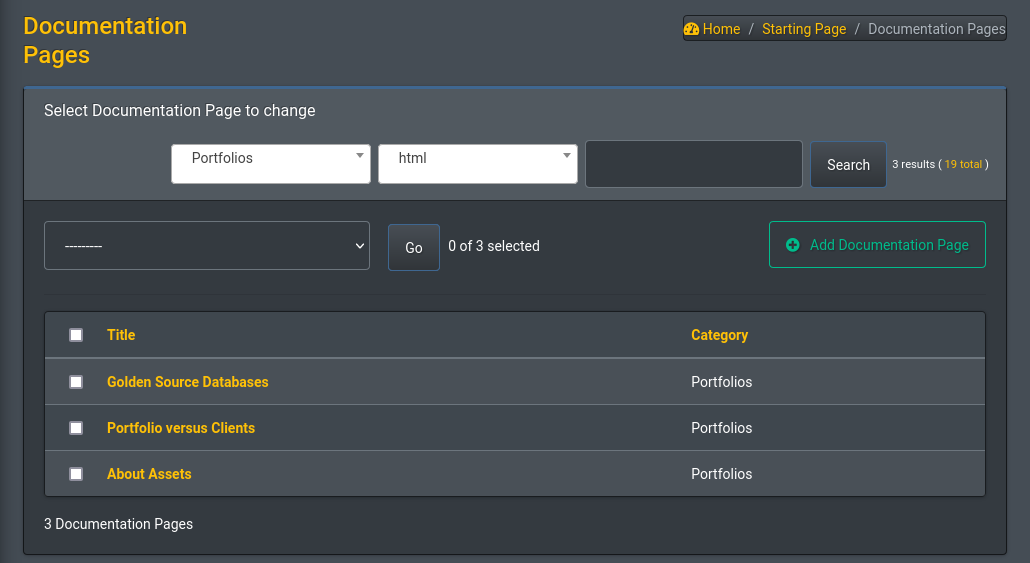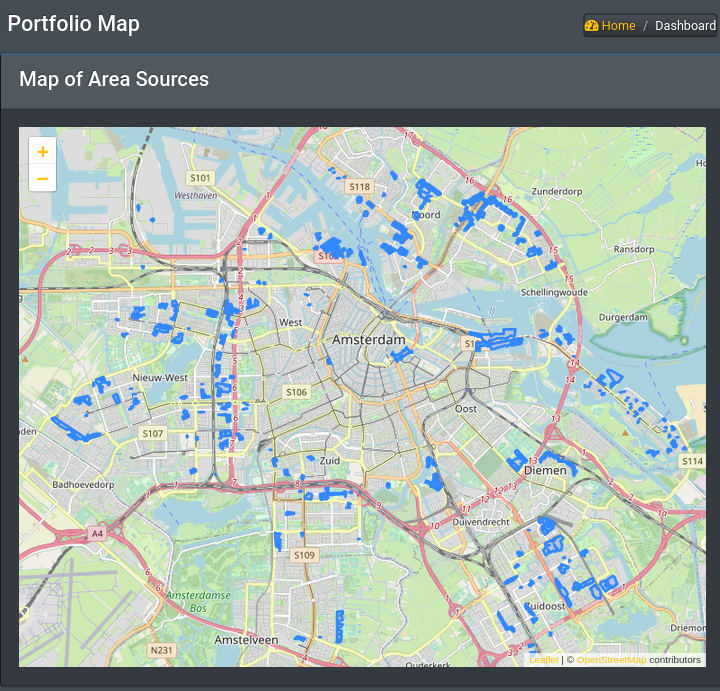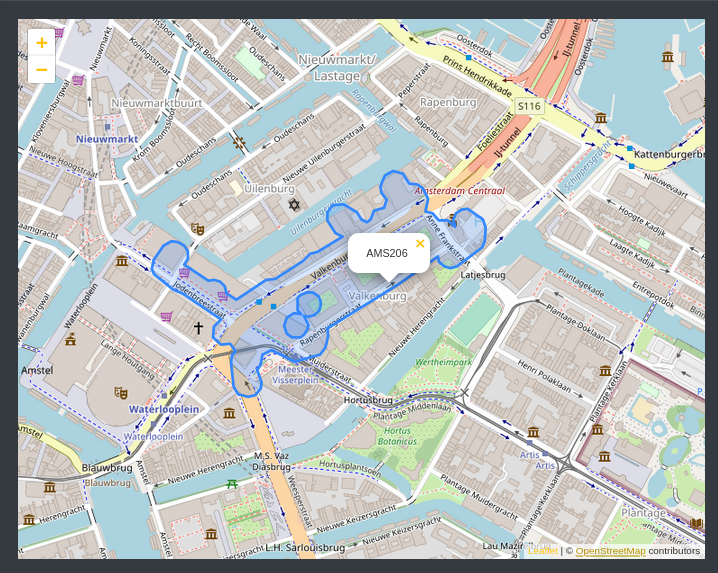Data Types
The main data categories that users can handle in Equinox
The Equinox platform uses at its backend a powerful database that supports storing a variety of data formats. This versatility is essential if one is to work with diverse data sources to obtain a holistic view of “ground truth”. Here we discuss three important sub-categories that are used throughout the platform.
- Numerical Data
- Textual Data
- Geospatial Data
Numerical Data
Numerical (quantitative) data is the backbone of much analytic work and are present in all use cases supported by Equinox. Numerical data can be consumed in simple or more complex ways to produce portfolio insights. Equinox supports both simple data fields (integers, floats) but also structured data (JSON objects) or arrays that are more convenient for working, e.g. with timeseries data.
NOTE: The Equinox roadmap is towards processing numerical data using established, open source algorithms and API's. (Open Risk API)
Textual Data
Textual data are not easy to work with statistically but are indispensable to provide context. Equinox supports selectively the storing of textual information. Text can be used to provide contextual help within the platform but also to capture portfolio information.
Three types of text are currently supported: Plain text, HTML and Markdown.

Geospatial Data
For many sustainability applications it is indispensable to work with geospatial (geographical or location) data. The required detail depends on the use case. Sometimes mapping to geographic code lists (e.g NUTS3) is sufficient. Equinox supports direct storage of geospatial data that is particularly useful in community level applications. A portfolio that involves entities with a defined geographic footprint (Whether represented as Points or Areas) can be aggregated and displayed on a map.

Zooming in on a specific entity can reveal more detail and tooltips can provide on demand further information.
